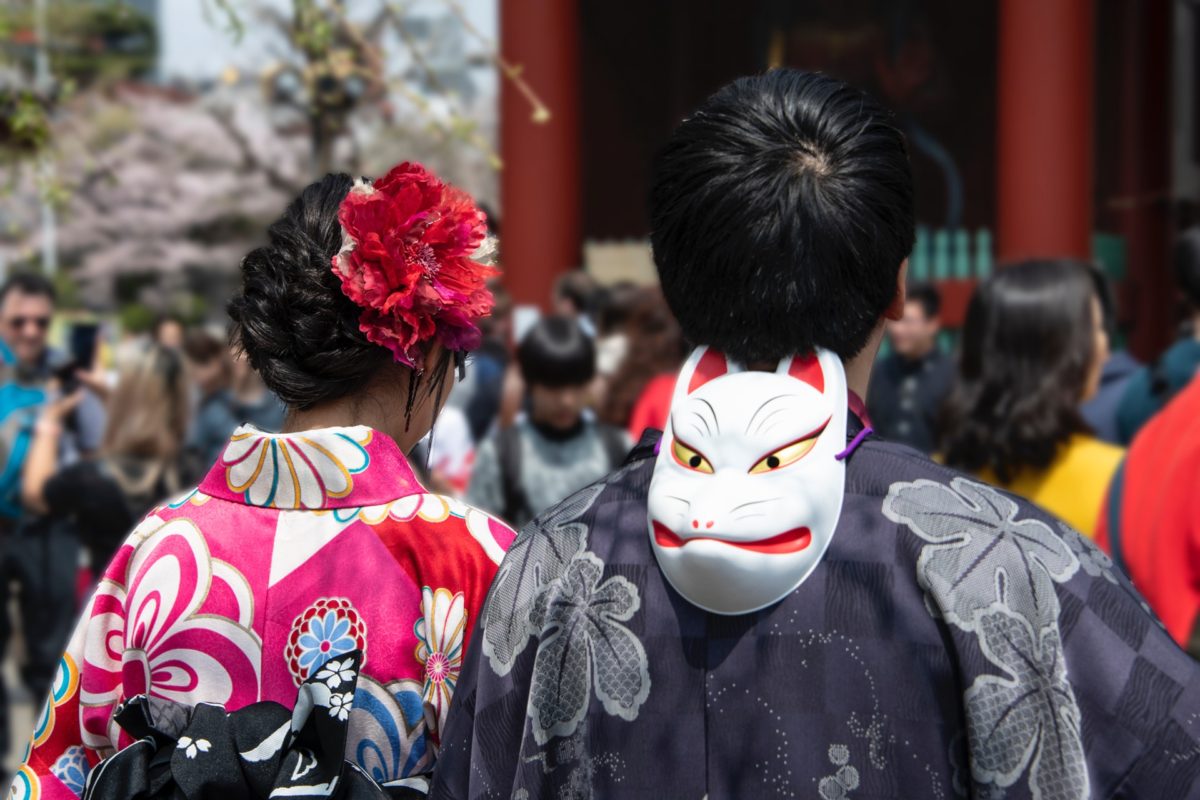Photo Credit: David Dibert, courtesy of pexels.com
Volume 1, Number 6 | Article
The World Economic Forum survey in 2017 reveals that Japan’s rating in economic participation and opportunity increased from 118th to 114th due to the increase in number of educated women. However, Japan’s gender equality ranking fell to 114th from 111th last year and become the worst standing among the other countries in Seven major economies. It is clearly seen that a surge in the number of highly educated women, the country continues to struggle with gender inequality. What causes a few women in positions of authority and leadership in Japan? There is two main indicator that why there is gender inequality persists in Japanese workforce.
First of all, the major indicator of gender inequality in japan’s employment and work is sex segregation, which can be clarify into Vertical and Horizontal segregation. The most concerns in sex segregation in Japan is mostly came from vertical segregation rather than horizontal segregation as a subsequent of the nation’s institutional and ideological grasp of traditional gender norms. This vertical segregation means that a highly concentrated in a number of women is placed at the bottom of workplace hierarchy with a few hold positions of authority, and horizontal segregation presents the concentration of women in traditionally female jobs. The higher level of vertical sex segregation in Japan mostly results from company management, the employment structure and institutional features along with corporate customs. Evidently, Japanese people believe in the traditional male-breadwinner type of family which given a image of man as a breadwinner whilst women as a full time mothers or housewives who have responsible for house-hold tasks and taking care of family members.
The ideal of traditional division of male-breadwinner generally involved in work, family, labour markets and politics. A Japanese company system prioritize on the lifelong employment which is a guarantee of economic security for a male workers in order to maintain the family benefits and to keep industrial relations stable and management corporate oriented. Under the lifelong-employment system, Japanese workers are expected to show their loyalty and only work for one company for longer years without interruption and working long hours in the return of rigid age-based promotions and pay. As a results, this type of work cultures makes it difficult for many women workers to incorporate their personal and family lives and ability to mobilise in labor market. Thus, it appears unexceptional for woman to do daily overtime without any help from family members or baby sitters.
Second, the perception of low status of women in a Japanese company’s customs. The perception of women in Japanese workforce being sees as women are unable to devote for lifelong work and sacrifice for their company due to the fact that they will quit when they marry and have children even they receive only an assistant-level jobs. In addition, some male managers have a negative views on women workers. They have a traditional gender beliefs that women workers are distrust and less competent to them since there is an imperceptible in woman upper managers in the workplace and smaller in the numbers of role models or mentors compared to men. Furthermore, Japanese company often offers women jobs as a men’s assistants and judges them followed by traditional beliefs of male views of attractiveness. For examples, some corporations have the specify qualifications on new women workers to refuse ‘women with glasses’ or ‘women who are short’ as a disqualify reasons. Unlike men workers that are chosen based on their performance and educational qualification without any specific visual appearance. This can be see that perception of women in the workplace can be seen as the physical beauty rather the ability to work. Besides, apart from the core jobs, most of the women workers are required to do ‘traditional female’ tasks to male colleagues such as coffee or tea making. This notions tell us that women still in the inferior position even in a working environment.
In conclusion, In order to desegregation and increasing in the number of upper Japanese management women, the structural and organizational of the traditional business customs need to be reforms. Furthermore, an increase in women labour force, increasing in positive attitude toward gender roles and decreasing in the gender gap in educational acquisition can also reduce in the gender segregation and increasing in the number of women at the top of the authority in Japan. Society have to get involved in order to promote public policies that encourage and indoctrinate the gender equality in workplaces and help to build a good image of role of women in the society as a workers to success in the demographic challenges of today and in the future.
References:
- Japan drops by three to 114th in gender equality rankings by World Economic Forum | The Japan Times. (2018). Retrieved from https://www.japantimes.co.jp/news/2017/11/02/national/social-issues/japan-drops-114th-gender-equality-rankings-world-economic-forum/#.W9ar8BMzb-Y
- Contributor, G. (2018). Why gender inequality persists in corporate Japan. [online] Work in Progress.











































